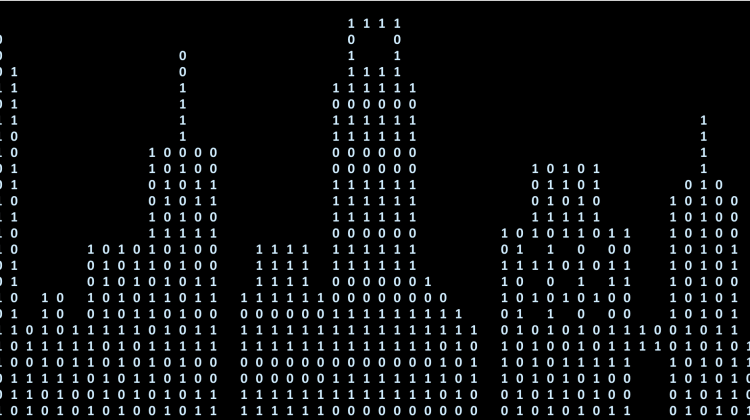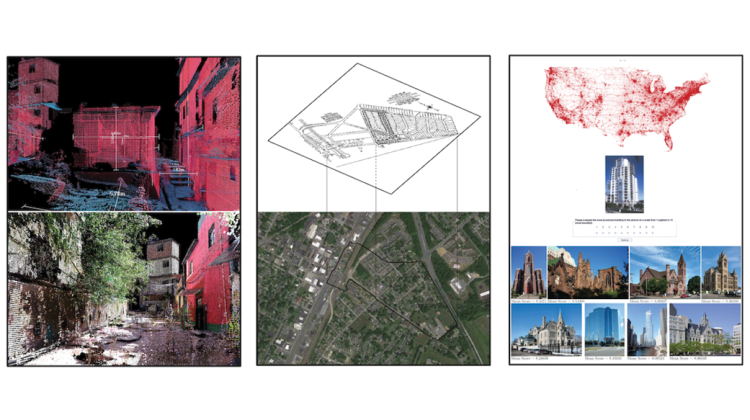Just two decades ago the majority of visitors to a new urban area relied upon physical maps and guidebooks to help them navigate and select locations to visit. In the modern era, these limitations are almost unknown, as visitors have a variety of mobile technologies that provide real-time aid to help them traverse and enjoy a location. Through the process of enhancing or guiding an individual's experience in an environment, these technologies also generate novel data to help a variety of individuals concerned with cities to better understand place and space. This proliferation and enhancement of data and the subsequent integration of said data in fields concerned with the city is often referred to as “urban informatics” or “urban science,” the blending of the practice and theory of urban planning with computer science methods and skills.
In a MIT Center for Real Estate working paper, Albert Saiz and Arianna Salazar-Miranda examine the disparate sources of data that are packaged under the auspices of urban science to aid urban researchers map the current state of these sources, explore their benefits and limitations, and project areas of future growth. “The urban big data revolution is here to stay: everyone involved in planning and urban issues needs to understand these new data sources,” says Saiz. “However, we cannot accept the conclusions from studies using big urban data uncritically. That is why in the paper we also discuss some of the dangers from indiscriminate use of big data in urban planning and design.”
Saiz, the Associate Professor of Urban Economics and Real Estate at the Department of Urban Studies and Planning, pursues research in local public finance, real estate economics and urban economic development, with an emphasis on immigration and immigrant location choices, and the impact of skills on earnings and city growth. Salazar-Miranda (PhD ‘23, MCP ‘16) will soon join Yale’s School of the Environment as an Assistant Professor. Her research examines the interplay between urban planning policies, the built environment, human behavior, and sustainability using computational and quantitative methods.
Read their full working paper, “Understanding Urban Economies, Land Use, and Social Dynamics in the City: Big Data and Measurement.”




